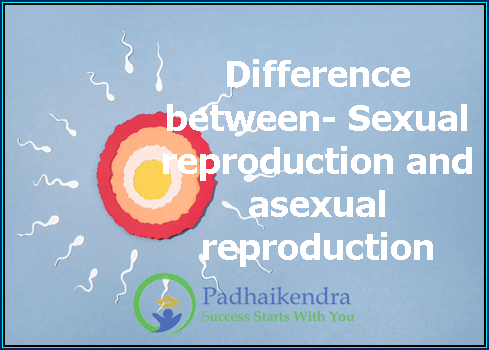The two main types of reproduction are Sexual and Asexual reproduction. Here are the differences between them:
- Sexual Reproduction: Sexual reproduction involves the fusion of gametes (sperm and egg) from two parents to produce offspring that are genetically unique from their parents and siblings. The process of sexual reproduction involves meiosis, in which the number of chromosomes in each cell is halved, and fertilization, in which the sperm and egg combine to form a zygote that develops into an embryo. Sexual reproduction results in greater genetic diversity, which allows populations to adapt to changing environmental conditions.
- Asexual Reproduction: Asexual reproduction does not involve the fusion of gametes from two parents. Instead, offspring are produced by a single parent, and they are genetically identical to the parent and each other. Asexual reproduction occurs through several mechanisms, including budding, fission, and fragmentation. Asexual reproduction is advantageous in stable environments because it allows for rapid reproduction without the need for a mate. However, it does not result in genetic diversity, which can limit the ability of populations to adapt to changing environmental conditions.
In summary, sexual reproduction involves the fusion of gametes from two parents and results in genetically diverse offspring, while asexual reproduction does not involve gamete fusion and produces genetically identical offspring.





